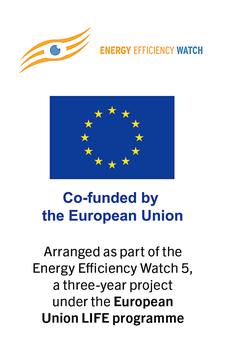Search eceee proceedings
Low-carbon transition in steel industry: a comparative study of Iran and Sweden
Panel: 1. Policies and Programmes to drive transformation
This is a peer-reviewed paper.
Authors:
Soma Rahmani, University of Mazandaran, Iran
Mohsen Alizadeh Sani, Department of Economics and adminiatrative sciences, University of Mazandaran, Iran
Abstract
The challenges of the new era about being more sustainable have been increasing in recent decades. Most of the studies have focused on investigating the sustainability transition in clean-tech industries of emerging economies. Meanwhile, the role of scale-based industries like the steel industry in the transition to sustainability has been neglected, specifically in emerging economies and developing countries. The iron and steel industry has a share of one-third of global industrial emissions all over the world, which can make a stronger argument to get more attention.
The pressure on the industry shift to more sustainable ways of production is currently undergoing in the Swedish steel industry within the HYBRID project that aims to transition towards a hydrogen-based steel making. Hydrogen Direct Reduction (H-DR) is taken as a case study in order to compare with the steel of Iran in terms of sustainability transition.
Considering the advantages of Iran like the availability of renewable energy (solar), of iron ore, a growing steel industry, and well-skilled people, the main question is how Iran as a latecomer, can make a collaboration with Sweden in order to develop the sustainability transition in this industry. Here, the experiences of Sweden shall be taken into account to identify the features and conditions in Iran. We apply a Multi-Level Perspective (MLP) in this study.
Downloads
Download this presentation as pdf: 1-116-20_Rahmani_pre.pdf
Download this paper as pdf: 1-116-20_Rahmani.pdf














